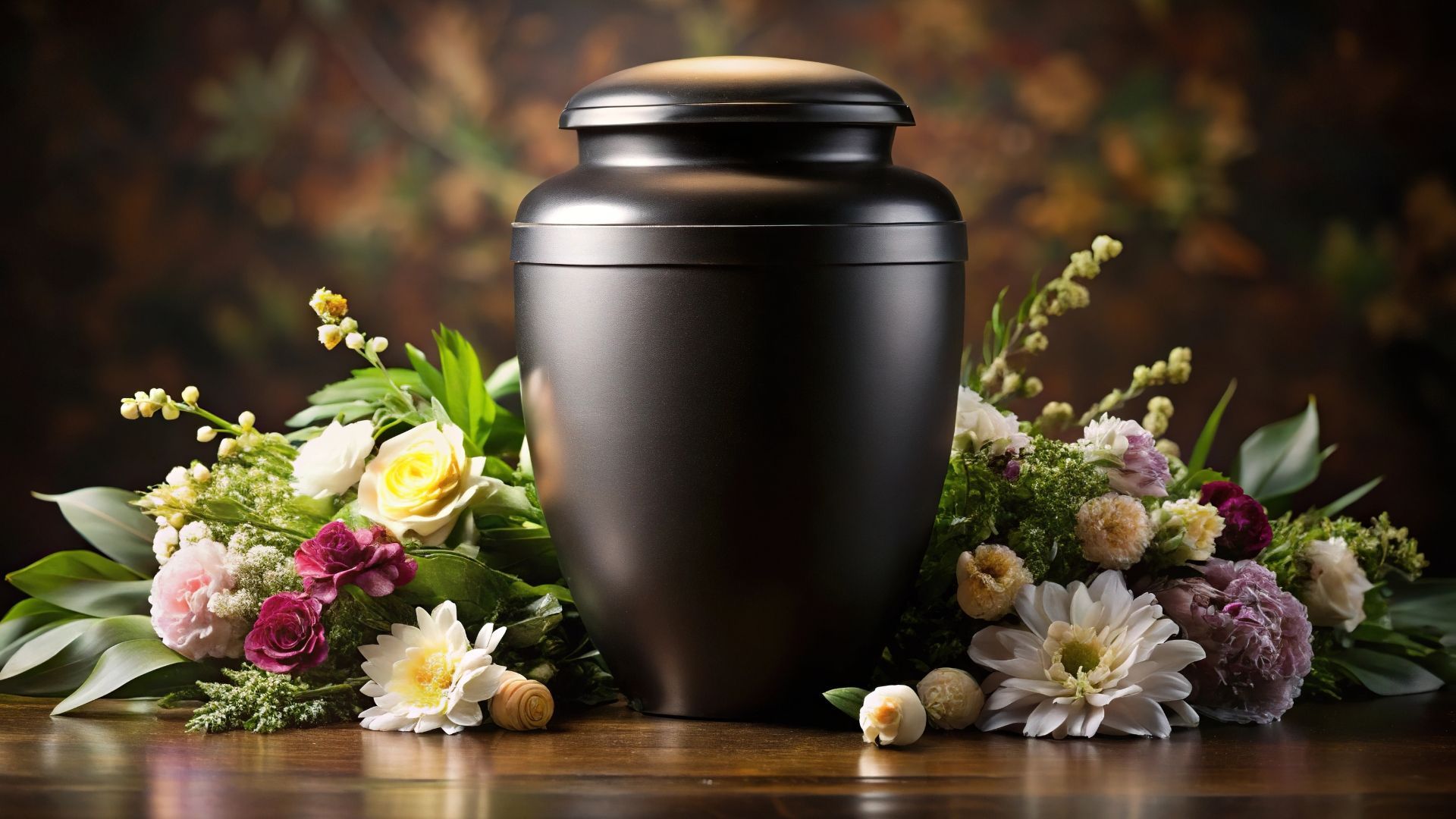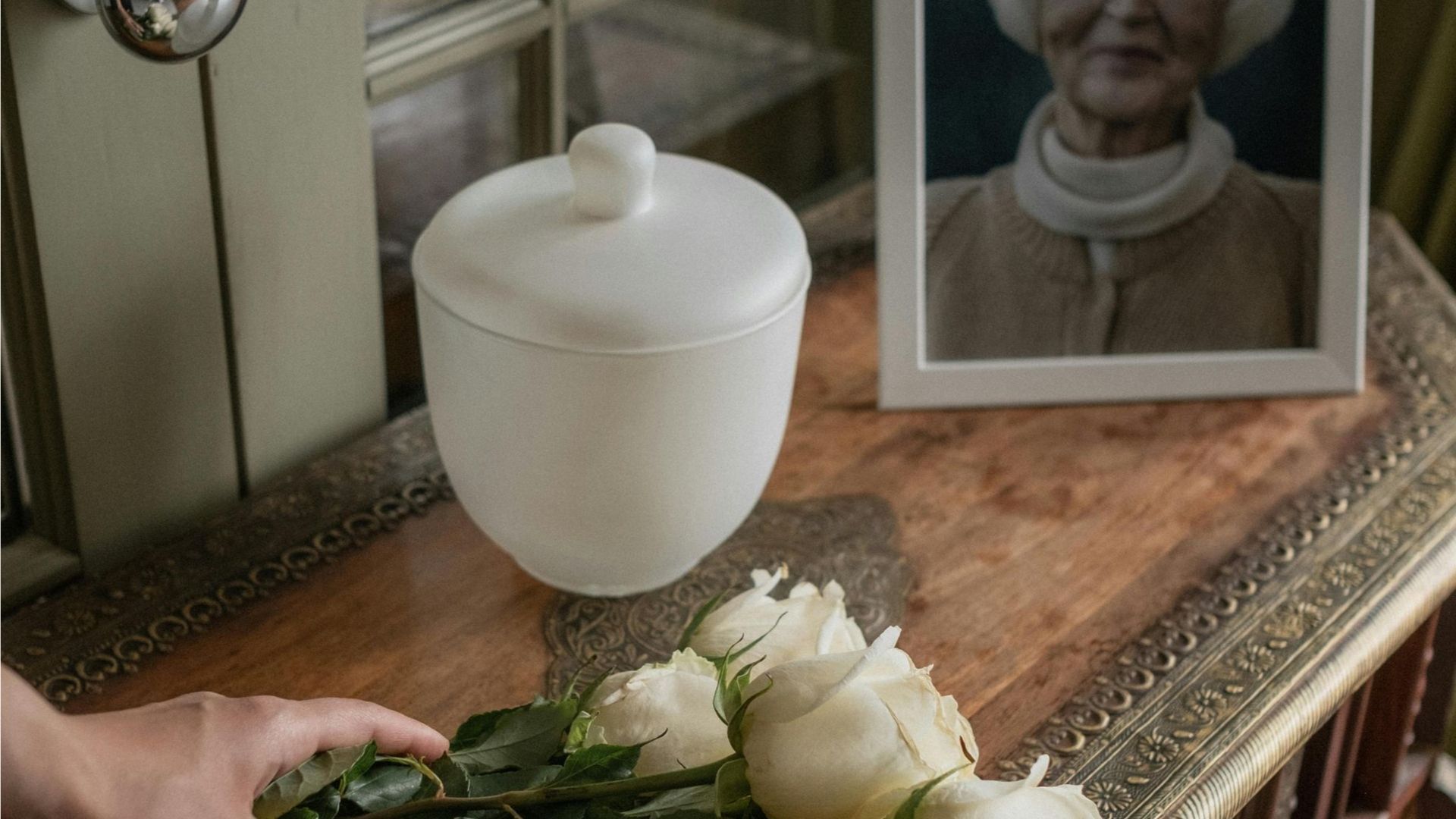How to hold an online memorial service
An online memorial service sees loved ones gather by video to remember a person. Learn how to plan one.

The COVID-19 pandemic changed the way we talk and think about funerals.
Here in the UK, lockdown rules meant that funeral attendance was strictly limited. During the height of the pandemic, only 30 people or fewer were allowed to go to a funeral in person. Moreover, attendance was restricted to close family members, a celebrant and staff at the venue.
People had to find new ways to pay their respects. Venues began to offer livestreaming for funerals, so those who couldn't attend could still watch the ceremony as it happened. And grief became part of our online conversations, as families created social media memorial pages and held virtual memorial services using videoconferencing software.
The big surprise is that these digital memorials have stuck around. The pandemic gave us new tools that we could use to express our grief, share our emotions and remember our loved ones online.
But this is all new to most of us. There's no rulebook that tells us how to organise an online memorial service or what it should look like.
That's what this guide is for. It's an easy-to-follow, step-by-step guide for arranging a virtual memorial service.
But remember – it's just a guide. Grief and remembrance are very personal – so you're free to change things or use it as a starting point for something completely different. The important thing is that it feels right for you and the person who has died.
What do we mean by an online memorial service?
A memorial service is a ceremony that happens after or instead of a funeral.
No two memorial services are the same – like funerals, they can be formal, informal, short, long or totally unique. What makes them different to funerals is that they happen after the person who died has already been buried or cremated.
When we talk about an online memorial service, we mean a similar kind of ceremony that takes place online. All or most of the guests are in different places and attend the service using videoconferencing software.
This isn't the only type of online memorial. We look at some of the other options below, including livestreamed services and online memorial pages.
However, in this guide, we focus on the first kind. If you want to hold an online memorial service using videoconferencing software like Zoom, Skype or Microsoft Teams, where should you start?
Your step-by-step guide to planning an online memorial service
1. Set a date and time
It might sound obvious, but it's worth pinning down a date and time as soon as possible. You might want to talk to close family members and friends to find a time when most of them can attend.

You should also have a rough idea of how long the service will last. It will help people plan ahead.
2. Choose a videoconferencing platform
There are lots of videoconferencing platforms to choose from. Some of the most popular are Zoom, Microsoft Teams, Google Meet and Skype.
If close friends and family already have a preferred platform, use that one. This way, people won't have to go out of their way to install a new piece of software or learn how to use it.
Bear in mind that some platforms have restrictions unless you pay for a premium account. Zoom, for instance, only allows meetings of up to 40 minutes with its free user accounts.
3. Decide who'll lead the service
Putting someone in charge of the service can help things run smoothly. It doesn't have to be the person who organises the service. Anyone who knew the person who has died and is comfortable speaking in public can do it.
However, this isn't obligatory. If you want a more informal service, you might decide that nobody is "in charge". Instead, people can chime in with a few words whenever they feel comfortable.
4. Decide what to include
It's totally up to you what to include in the service. But unless you're going for a very informal feel, it's a good idea to map things out in advance. This way, you can stick to a schedule and make sure that everyone who wants to speak gets a chance to.
Here are some ideas:
- Play a slideshow of photographs or videos.
- Read a meaningful poem or a passage from a favourite book.
- Ask friends and relatives to share memories and stories.
- Get drinks ready and raise a toast to the person who died.
- Play one of their favourite pieces of music. You could even have a singalong.
The structure of the service will likely change as you make arrangements. So, don't worry if you haven't finalised it early on. As long as you know the basic structure of the service, you can go ahead and let people know about it.
5. Send invitations
Make sure you send invitations with plenty of time to spare. People are less likely to be able to attend if they find out about it at the last minute.
Invitations can be digital (by email) or physical (by post). You could even make an event on social media to advertise the service – but make sure it's private so uninvited guests don't turn up.
Another option is an online memorial page. This can include treasured photographs, stories and a eulogy, as well as information about the service you've planned.

In any case, be sure to include details of how to join the service. This could be a link to the event, login details (the room code and password) or both.
6. Rehearse the service
If you're holding a structured memorial service, it's worth doing a dress rehearsal before the real thing.
This is for two reasons. The first is to check the timings and make sure everyone's comfortable with what they'll say and do. The second is to make sure that the technology works. You don't want to deal with unexpected technical hiccups halfway through the service.
7. Hold the service
It's time for the main event. Hopefully, your careful planning means it will go off without a hitch.
As with a traditional service, it's best if the speakers and organisers turn up early – 15 or 30 minutes, say, before the event starts.
You might want to keep other attendees in a virtual "waiting room". This way, you can let them all join the main room at once when the event starts.
After the service, you could let people chat and mingle online or share a social media group or email address they can use to keep in touch.
Other types of online memorial
1. Livestreamed memorial services
This is a similar idea. However, the big difference is that the memorial service takes place in a real-world venue and people go to the venue in person. The service is filmed and the video is streamed online.
With this kind of service, the livestream is an option for people who can't make it to the venue. They can watch the ceremony as it happens, but it's often difficult for them to take part.
2. Social media memorial pages
Some social media platforms, such as Facebook and Instagram, allow you to "memorialise" a person's account when they die.
This makes it so that nobody can log into the account. However, the person's photographs and posts will still be visible. Friends and relatives can share photos and memories on the person's timeline.
3. Memorial websites
A memorial website is just what it sounds like: a website that pays tribute to a person who has died.
This isn't the same as a social media memorial page. It's an online space that's dedicated to remembering a lost loved one. Often, it will have its own URL – the address you type into your browser to reach a certain website.
There are lots of types of memorial websites. At Treasured Moments, we create beautiful, bespoke memorial sites that are built from the ground up to reflect your memories.
If you think you might want a memorial website, why not learn more about what we do? And don't hesitate to get in touch if you have any questions. Our friendly team is always happy to help.
*Treasured Moments tribute pages are designed to remain online in perpetuity. However, in certain circumstances, such as cessation of business and takedown requests, this may not be possible.
All Rights Reserved | Tresured Moments | Part of My Digital Hero Consulting LTD











